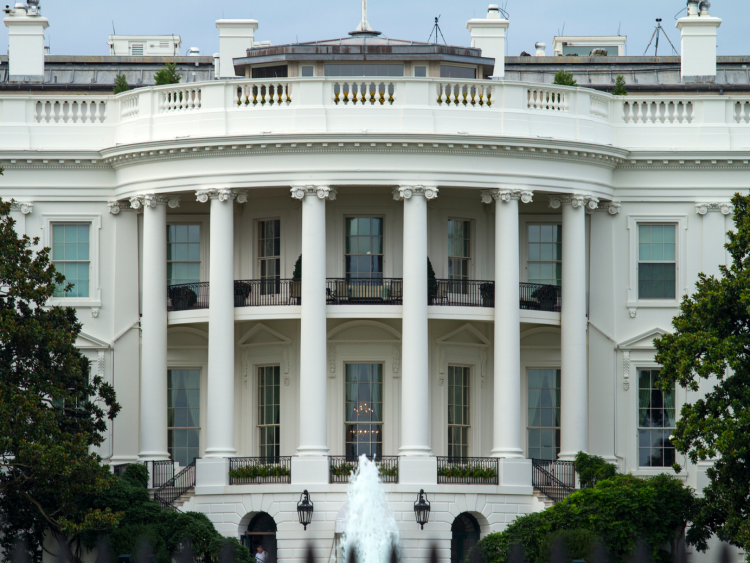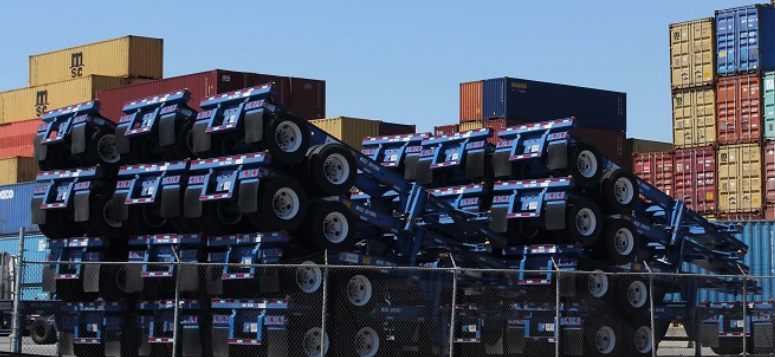Trade Cases

Have the Tariffs Been Good for Your Business? The Industry’s Split
Written by Tim Triplett
March 10, 2019
Steel Market Update asked: One year after President Trump announced the Section 232 tariffs on steel and aluminum, have the tariffs been good for your business? For a small majority, 54 percent, of those responding to SMU’s market trends questionnaire, the answer is no. For 46 percent, yes. Opinions are split nearly down the middle.
The following comments from respondents reflect the mixed emotions in the marketplace. The comments were collected during last week’s SMU Flat Rolled & Plate Steel Market Trends Questionnaire:
“Should have been a choice of ‘not sure yet.’ Certainly, the price run-up last year was good for distributors holding stock, but it remains to be seen if we’re giving it all back this year, and what damage has been done to demand fundamentals.”
“Good for us, but bad for our customers.”
“Not sure it’s a long-term play but, yes, we had a good year.”
“The tariff has made it more difficult for us to compete in the world market and has added confusion about steel pricing in the domestic market going forward.”
“We were not able to pass along any of the increase in cost to our customers, which led to cutbacks in our workforce.”
“It’s been neutral—we are all in the same boat anyway.”
“Generally, yes, but we’ve seen collateral damage in certain products that should have never had tariffs levied in the first place due to no domestic production.”
“Yes and no. Mostly yes…for the ‘greater good.’
“We suffered by losing international business due to reciprocal tariffs. However, long term, I think it was necessary to create the paradigm shift…that the U.S. wants to level the playing field.”
“Domestic suppliers’ quality is not as good, and the freight costs as well as the mill prices have driven up our costs.”
“Advantage is to competitors who can ship their final products tariff free.”
“Terrible for my import business. Terrible for the U.S. consumer and economy as a whole. Only good for a small minority of steel mill execs.”
“Good for six months to the upside, but bad for the next five or six months (and counting) as prices collapsed again.”
“We ship our finished products from Mexico to the U.S. and Canada. The 25 percent steel tariffs may be delaying our customers from proceeding with the awards.”
“Yes and no. It helped on aluminum but hurt on steel.”
“We passed along all the increases.”
“It puts a real stress and strain on OEM customers and on managing fluctuating prices. But I must say, nobody is out of business in the U.S. and that’s all I ever hear the media talk about.”
“The tariffs have been good for increased pricing, but longer term we feel they will hurt our market.”
“Good for me, but not for the end consumer.”
“Yes and no. Tariffs raised prices, but margins have been impacted on the distributor side. The producers have benefited, but the rest of the market took the impact along with the consumers. Have any of the mills put those profits to use in becoming a more cost-effective producer? It doesn’t look like it!”
“Some good has come of the tariffs, but in my view, we’ve damaged our relationships with allies.”
“Short term, yes, but we’re seeing signs of import pricing pressure on finished goods that we manufacture domestically.”
“It’s a mixed bag. Good for some customers, bad for others.”

Tim Triplett
Read more from Tim TriplettLatest in Trade Cases

Breaking News: Trump’s ‘Liberation Day’ brings 10% baseline tariffs; steel, aluminum, and autos/parts excluded
President Trump’s promised “Liberation Day” has arrived, with a 10% minimum tariff on imports. But there are some very important exceptions: The United States’ USMCA partners, Canada and Mexico, are excluded from the reciprocal tariffs for now. In addition, steel, aluminum, as well as autos and auto parts are excluded from the reciprocal tariffs. That’s […]

Price on Trade: Auto tariffs, auto parts, and Hyundai – a world of rapid changes
Trump's new auto tariffs will apply to passenger vehicles (including sedans, sport utility vehicles, crossover utility vehicles, minivans, and cargo vans), light trucks, and certain automobile parts (including engines and engine parts, transmissions and powertrain parts, and electrical components).

CRU: Canacero urges Mexico-US partnership to fend off Asian steel imports
Victor Cairo, head of Mexico’s steel sector body Canacero and CEO of ArcelorMittal Mexico, says he is confident negotiations between the Mexican and US governments planned for April 2 will lead to the creation of a regional block to substitute imports, especially from Asia.

US chassis makers seek duties on imports from Mexico, Thailand, and Vietnam
Upon the request of US chassis manufacturers, the Commerce Department this week initiated investigations into the alleged dumping and subsidization of chassis imported from Mexico, Thailand, and Vietnam.

European Commission eyes stricter limit on tariff-free steel imports
The European Commmission is reducing the amount of tariff-free foreign steel that can enter the EU.
